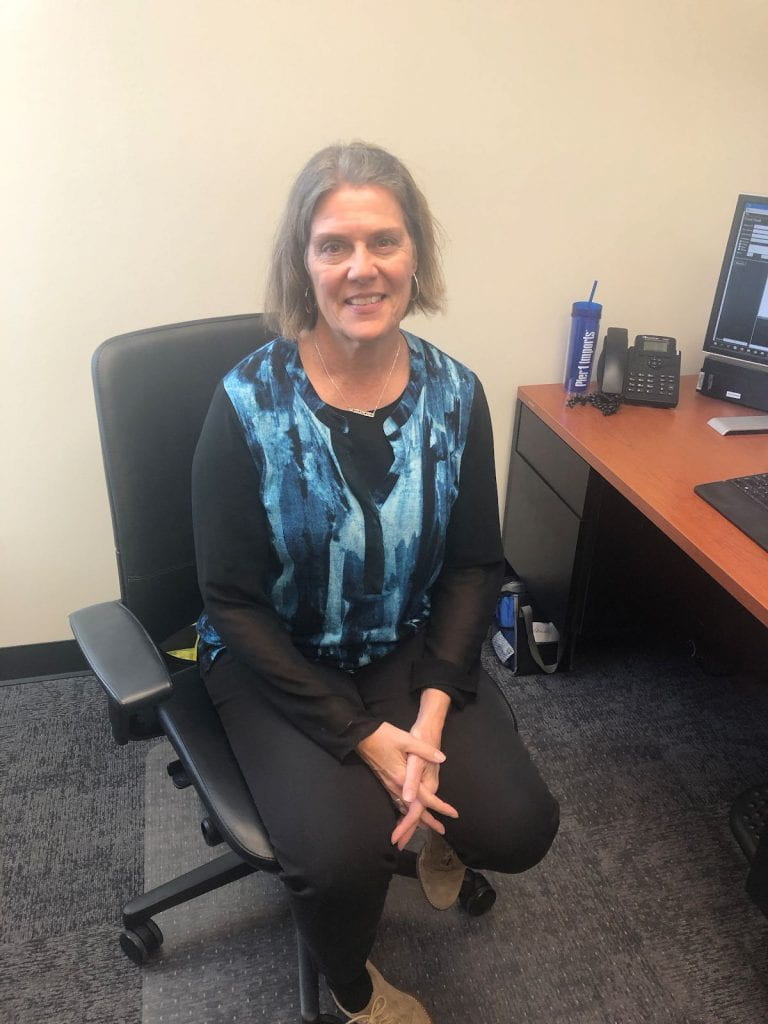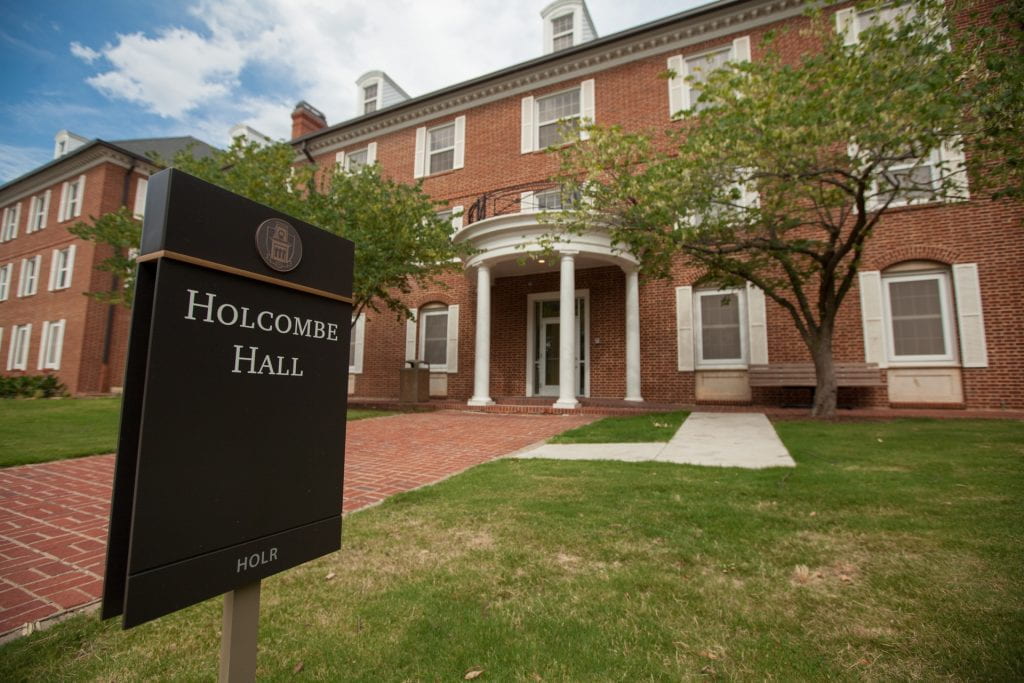What Students Should Know About Loans
With tens of millions of students in debt and the debt total climbing, it is important to break down different types of loans and the problems they can cause.

loan. Photo by Parker Tillson
By Parker Tillson
The Razorback Reporter
Avery Nihill, a 21-year-old senior studying environmental soil and water sciences, was careful not to get caught in the trap of student debt.
“My parents kind of discouraged me from doing it,” Nihill said. “But this is my last semester and it’s a loan that I took out so that I could finish without any worries.”
Some incoming college students blindly sign up for student loans without realizing what kind of loan they are receiving and the financial issues it can cause. Nihill, a San Antonio, Texas, native, was much more careful, and waited until her senior year to take out a $2,750 subsidized loan in order to pay for school.
Students graduate from the UofA with an average of a little more than $22,000, but Nihill is projected to graduate with far less than that.
There are several loans that students use to pay for college. Loans can differ by number of dollars, interest, whose name the loan is under and more.
Subsidized and unsubsidized loans are the two most common types of direct loans, and the key difference between the two is the timing of interest accrual. Subsidized loans are granted based on financial need. Students must pay off the loan, but not the interest that it has accrued during their time in school.
Unsubsidized loans require students to pay off the loan, including the interest amassed during college, and they are not granted due to financial need. Students are granted these loans more often than subsidized loans, according to the U.S. Department of Education.
Students are assigned a subsidized or unsubsidized loan based on their estimated family contribution, a measure of their family’s financial strength, which is calculated by the Free Application for Federal Student Aid, or FAFSA.
“Most students who are coming to college have enough means through their family to run that estimated family contribution up too high to get a subsidized loan,” said Denise Burford, associate director of Financial Aid and Scholarships at the UofA.
The Parent PLUS loan is the third type of direct loan, which is under the parent’s name and allows the family to take out a larger loan.

Parker Tillson.
As of 2019, more than 42 million loan recipients have racked up almost $1.5 trillion of student loan debt in the U.S., according to the U.S. Department of Education. More than 34 million of borrowers and $1.2 trillion of the debt is from direct loans, money that comes from the U.S. Department of Education.
The giant debt can be attributed to several things, but one reason is a rise in tuition costs.
Since 2008, in-state tuition has gone up more than 42%, and out-of-state tuition has risen more than 39%, according to data from 381 universities given to U.S. News and World Report.
“School just costs a lot more,” Burford said.
Some students defray the increasing tuition by obtaining grants, money given to students directly from the federal government that students do not have to pay back.
Nihill received a Pell Grant worth a little more than $4,000, which she qualified for because she comes from a family of seven and demonstrated financial need.
“It helped a lot my freshman year,” Nihill said. “We didn’t know if I would be able to stay here because I’m from out-of-state and school is expensive, but because I got the Pell grant I was able to come back.”
Pell Grants are given to students who have an estimated family contribution of less than $6,000, according to Burford. The amount you receive depends on your school, your status as a student, and how long you plan to stay.
Students can also receive a Federal Supplemental Educational Opportunity Grant (FSEOG), which is worth less than a Pell grant. The UofA disburses more than $1 million more than any other Arkansas school in FSEOG grants.

